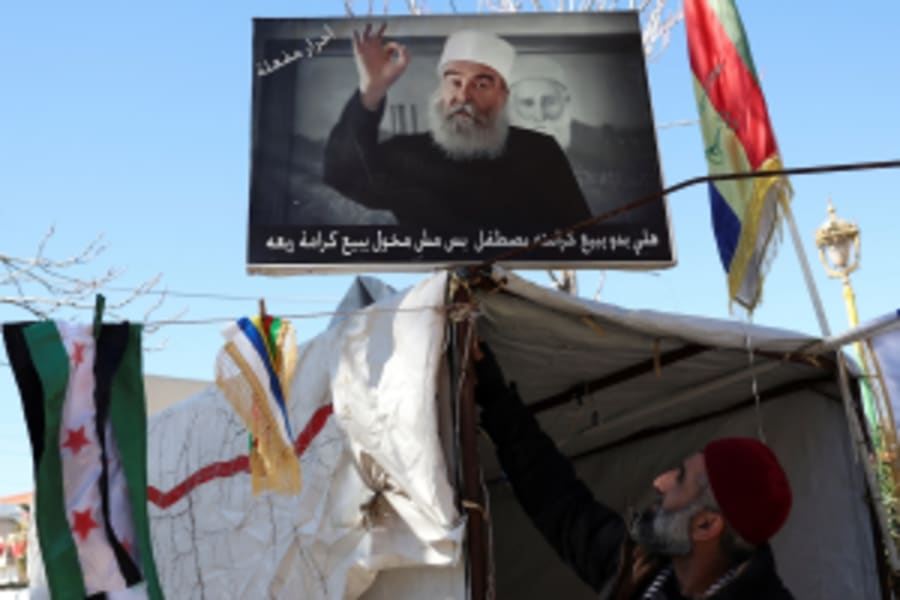Almost 90% of Israeli residents from Gaza border communities have returned home

Some 87% of Israeli residents from Gaza border communities have returned to their homes after almost a year since the Hamas Oct. 7 invasion and terror attack, according to a new report released on Tuesday by Israel's Tekuma Authority.
Tekuma is the government’s organization tasked with rebuilding and rehabilitating Israeli communities that were affected by Hamas in southern Israel. Before the Hamas attack on Oct. 7, 63,978 Israelis lived in communities of various sizes close to the Gaza border. Almost a year later, 49,449 citizens have returned to their homes, leaving some 12,700 residents still living in temporary housing arrangements.
The report notes that $1.7 billion has been invested in 244 projects connected to the rehabilitation of the Gaza border communities. This amount constitutes roughly 90% of Tekuma’s annual budget.
While rebuilding the most devastated communities will likely take years, the report highlights substantial progress in returning most local residents to their homes. However, significant challenges remain in the areas of the economy, security, and housing for Israeli residents in Gaza border communities.
The complex temporary housing solutions are divided into three categories: urban, rural, and integrated. Each of the 244 projects addresses challenges and solutions specific to each community. While much focus is on repairing and upgrading civilian infrastructure, the Tekuma Authority is also working closely with the Ministry of Defense to address security concerns.
In the longer term, the administration seeks to define the Gaza border communities as a “national focus area” that will, therefore, require more priorities in terms of budgets and other resources, including securing an additional government funding package totaling $1.3 billion for the years 2025 to 2028.
In early September, the Israeli military assessed that some 6,000 Hamas-led terrorists invaded Israel on Oct. 7, killing at least 1,200 Israelis and kidnapping 251 people with Israeli and foreign citizenships.
Kibbutz Be'eri was one of the Israeli communities hardest hit on Oct. 7, when Hamas terrorists massacred over 100 civilians and destroyed much of the community's infrastructure. In addition, dozens of Israeli security personnel were killed in the battle to defend the area from the attackers.
In July, Amit Itiel-Hershkowitz, the 39-year-old daughter of Noah and Ma'ayana Hershkowitz, who were murdered in their home on Kibbutz Be'eri, revisited the site. While she acknowledged the importance of seeking closure, she stressed that her life would never be the same after losing her parents in what was the largest massacre of Jewish civilians since the Holocaust.
"I think people in Be'eri want and are looking for closure, but for me, there will be no closure. My parents are gone. I also don't think one can judge the soldiers who came there and fought. No one thought at the time that it was an event of such magnitude," Itiel-Hershkowitz said.
In June, the Bank of Israel Governor Amir Yaron estimated that the Gaza War would cost the Israeli economy some $67 billion during the period 2023 to 2025. While half of the amount is earmarked for military spending, the governor believed that the State would spend an additional $10 billion on civilian projects, such as rehabilitating the devastated border communities.

The All Israel News Staff is a team of journalists in Israel.













